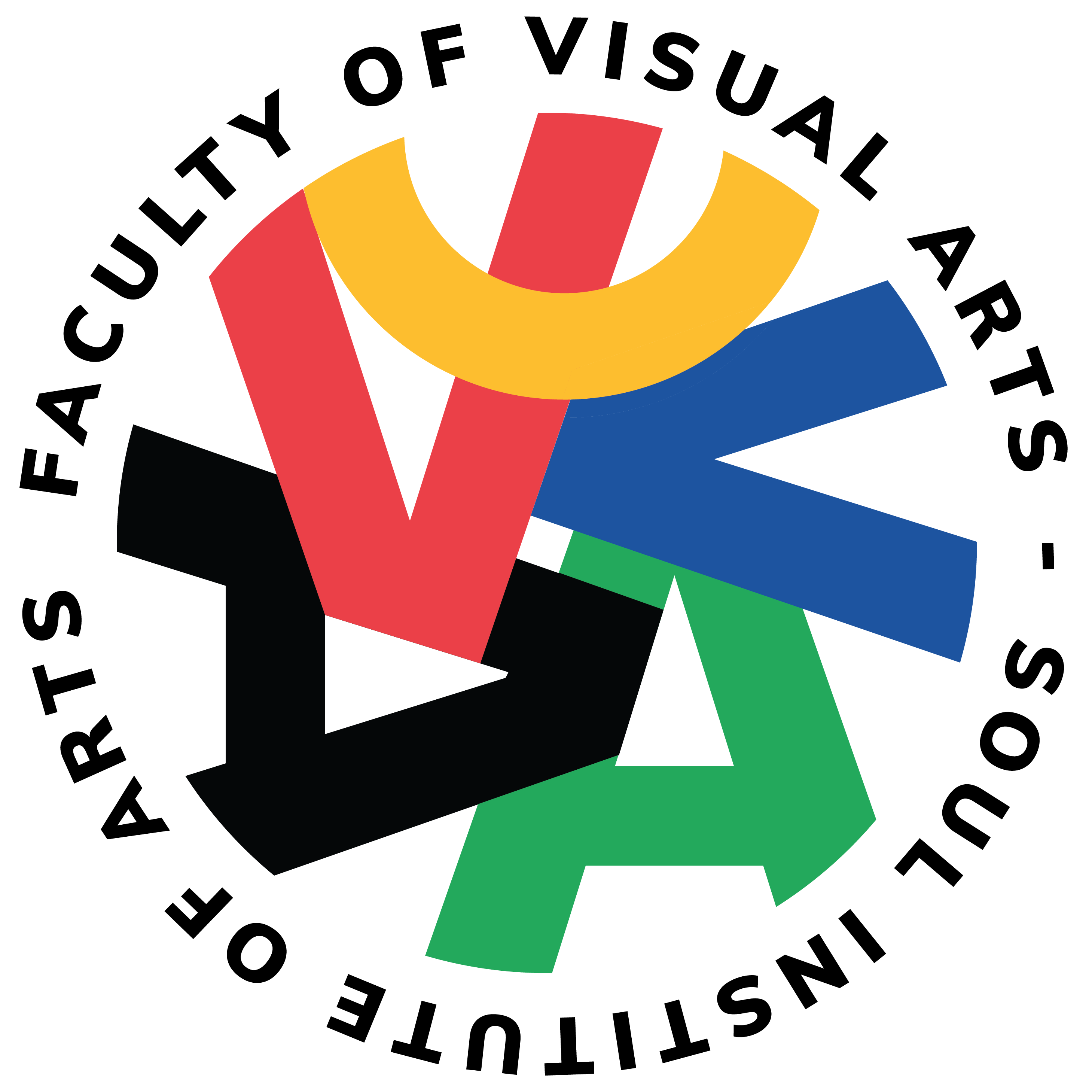THE ARTISTIC DEVELOPMENT PROCESS OF CHILDREN FROM KINDERGARTEN TO 3TH GRADE
Children from kindergarten to third grade often carry a desire to draw and possess artistic potential. They start with simple drawings and continue to develop through experimenting with various forms of art, such as simple symbols or realistic sketches.
The artistic development process of children around the age of three, children begin to clarify their symbols and start creating distinct shapes. Once they recognize the symbol for a face, they will enrich it by adding details such as eyes, ears, hair, hands, and feet. Soon after, the child will create other images like the sun, flowers, houses, etc.
At the age of six to eight, children become less exploratory in their art, focusing more on conveying important ideas and emotions. At this time, children use marks and geometric shapes to form the symbols they desire. By the age of eight or nine, symbols give way to more realistic images, objects, and spaces as children develop a more accurate perception of how things actually look.
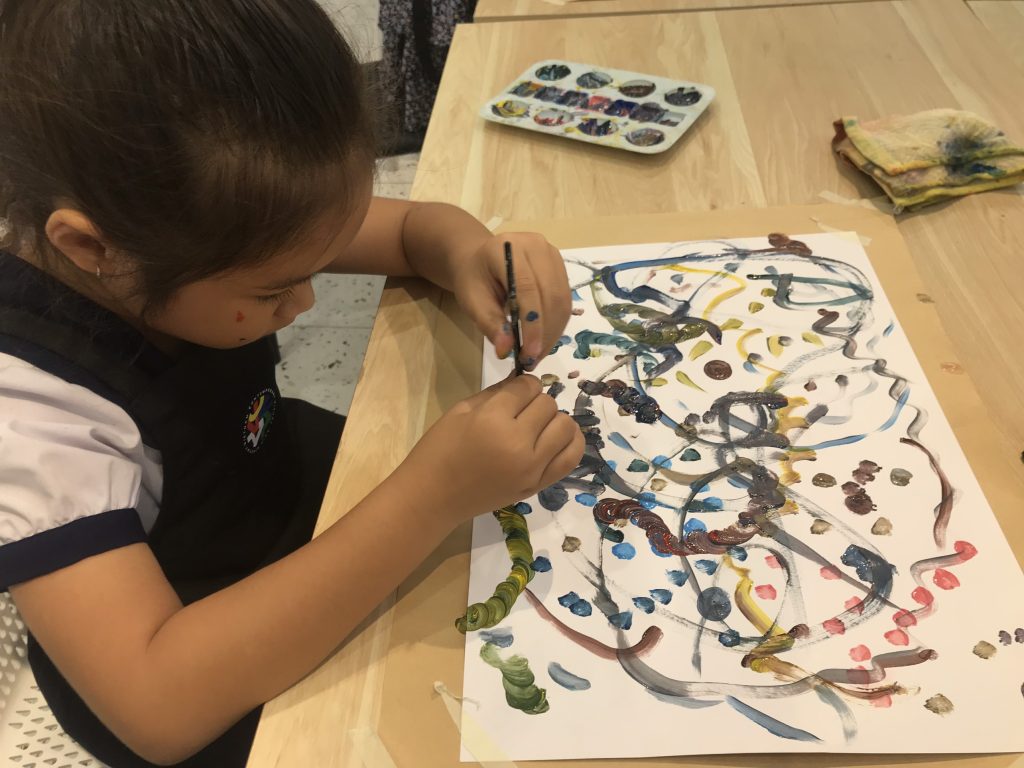
Mark-Making Stage: Two to Four Years Old
This stage is a period when children enjoy moving and arranging, cutting, and crafting with art materials. They do not attempt to create realistic images but start by making marks on tables, walls, or paper.
In summary, the artistic development of children in the early years has four recognizable stages:
- No control and no intentional repetition.
- Controlled lines that can be repeated.
- Formation of specific shapes that can be repeated.
- Children will name symbols or shapes, sometimes before they are created or after they are created
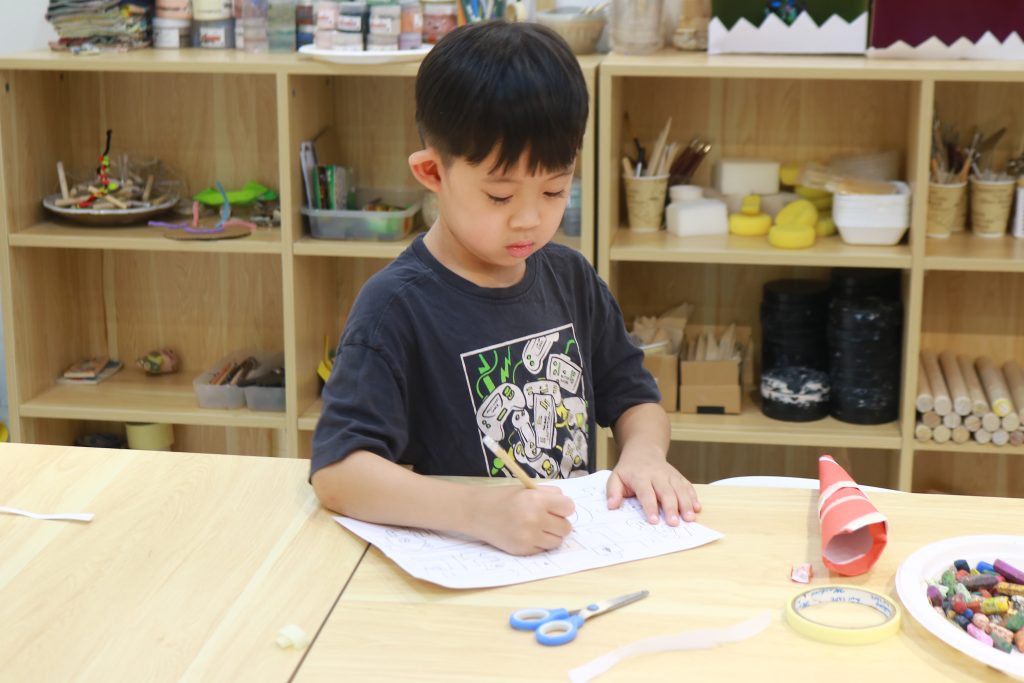
Symbol-Making Stage: Four to Eight Years Old
During the ages of four to eight, children undergo significant development in their artistic abilities. Initially, they start creating simple and recognizable symbols like heads and legs. These symbols reflect events, people, or objects that leave a strong impression on the child. The first images are usually of themselves, their parents, siblings, and friends, often unrelated to each other in the same drawing.
Children follow certain rules in describing and relating symbols, such as using different colors to represent different individuals. The most important images are often larger, and the baseline with objects placed on it represents the child’s first effort to depict space.
During this process, children begin to establish color relationships, such as blue for the sky, yellow for the sun, and green or brown for grass or the ground. Eventually, they start drawing what they see in the real world instead of just using simple symbols. Children become more aware of how things look and perceive the differences between symbols and reality, marking an important transition in their artistic development.
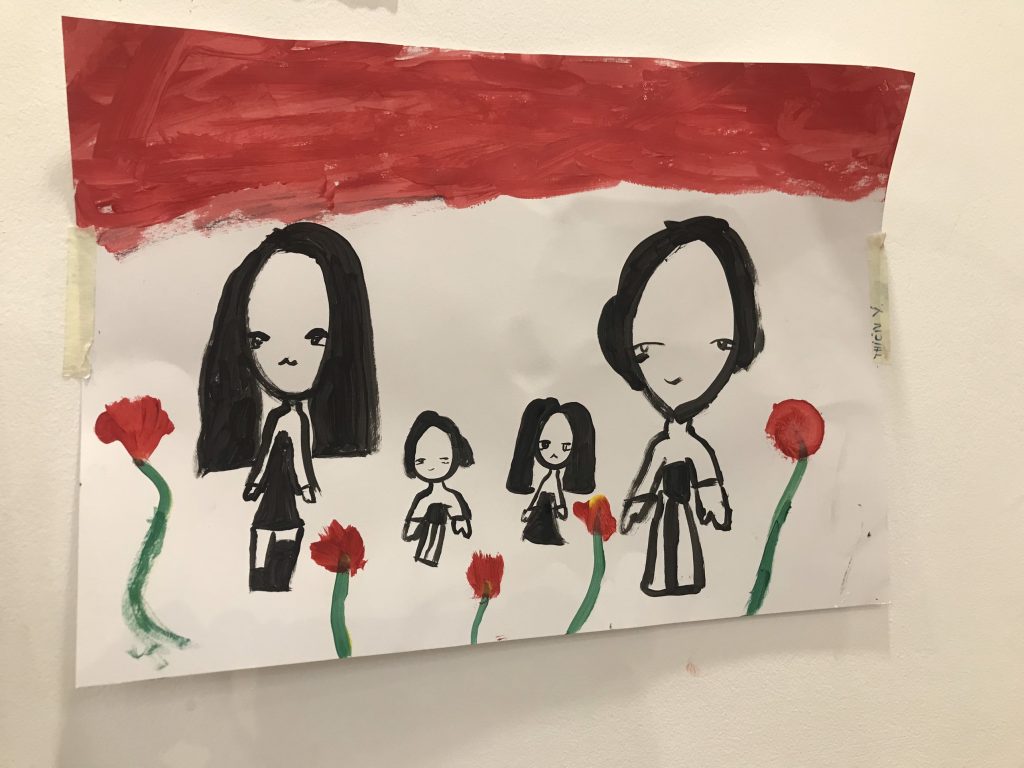
Realism Stage: Eight to Twelve Years Old
The realism stage, which typically begins around ages eight or nine, marks a significant turning point in children’s artistic development. During this stage, children transition from using simple geometric symbols to creating more realistic drawings.
Children in the realism stage strive to draw images with more accurate proportions and less exaggeration of body parts. Details such as hair, clothing, and the actions of characters become more emphasized. Colors on objects and people are also depicted more accurately, helping children create more vivid and realistic pictures.
Children begin to understand shading, drawing shadows, and making distant objects smaller and less detailed. They also start to depict spatial effects, such as the sky meeting the horizon and overlapping objects, creating a deeper sense of space in their drawings. To create realistic pictures, children need to closely observe the objects they want to draw. They can gather information from real objects, models, landscapes, and photographs. Studying artworks also helps children understand how artists convey moods, subjects, and use space, shapes, and colors. These insights help children enhance their artistic skills and thinking.
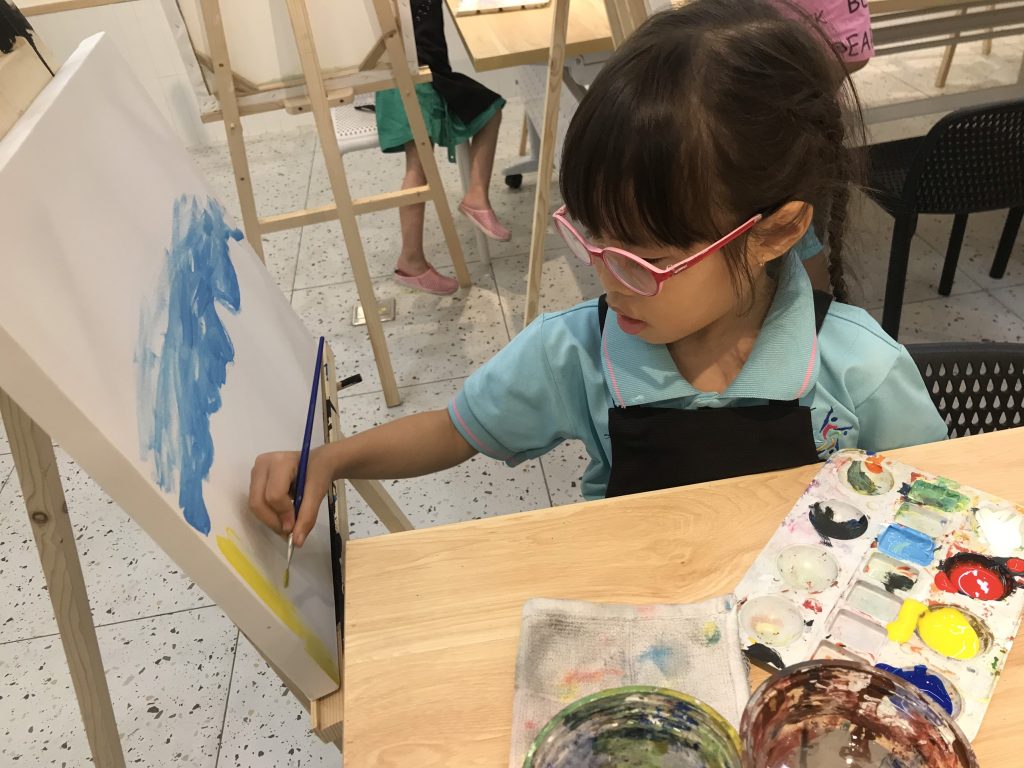
Read more about the detailed process of children’s artistic development from ages 2 to 12 here.
The article is referenced from ‘Theories of Cognitive Development’ by Jean Piaget available here.
